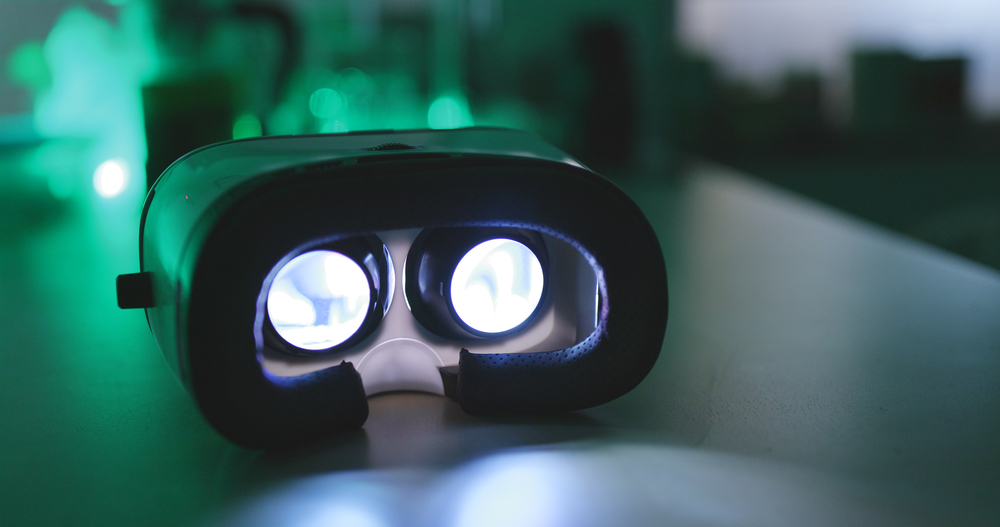It has become apparent the virtual reality industry will need to head in a very peculiar direction. Enticing more consumers to try out this technology will require a wireless approach first and foremost. A lot of work lies ahead in this department, although there are some positive developments taking place behind the scenes as well.
Wireless VR is all That Matters
No one likes to wear a device on their head which is connected via a physical cable to another device. That whole idea is what makes the first generations of VR headsets so unpopular. Although the hefty price tag also leaves much to be desired as well, it is evident wireless VR is the right way forward. Unfortunately, very few proper headsets exist in this department.
So far, the Oculus Go may be the only approachable and affordable wireless virtual reality headset consumers can get behind. It is a relatively new device, even though VR is still an industry which severely lacks content to keep users engaged for extended periods of time. Until that problem is resolved, the VR market will remain niche first and foremost.
There are a fair few mobile VR headsets on the markets which can be classified as wireless. The big difference is how mobile virtual reality lacks the quality and sharpness of regular, more expensive headsets. Bridging the gap between the two industries is another ongoing struggle which might not be resolved anytime soon.
A lot of industry experts have high hopes for the next Oculus Rift. Although the originally envisioned device has been scrapped, an unknown unit is still in development. A wireless approach is mandatory to gain any sort of traction right now. For now, it remains unclear which direction the company will be heading in.
If you liked this article make sure to follow us on twitter @thevrsoldier and subscribe to our newsletter to stay up to date with the latest VR trends and news.












